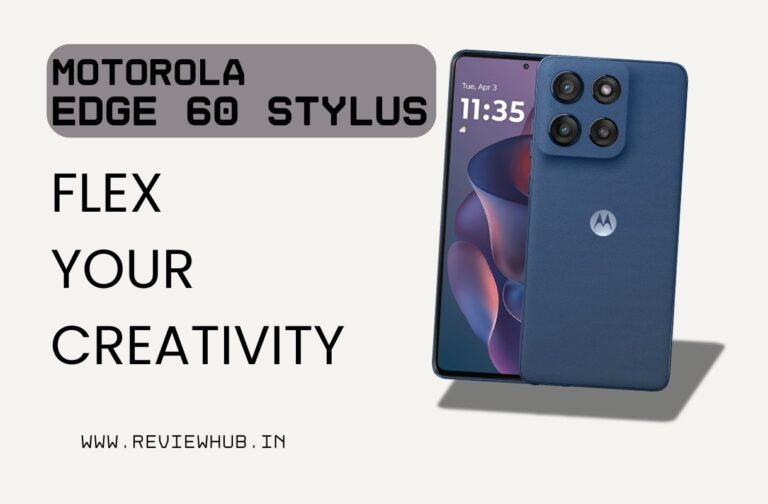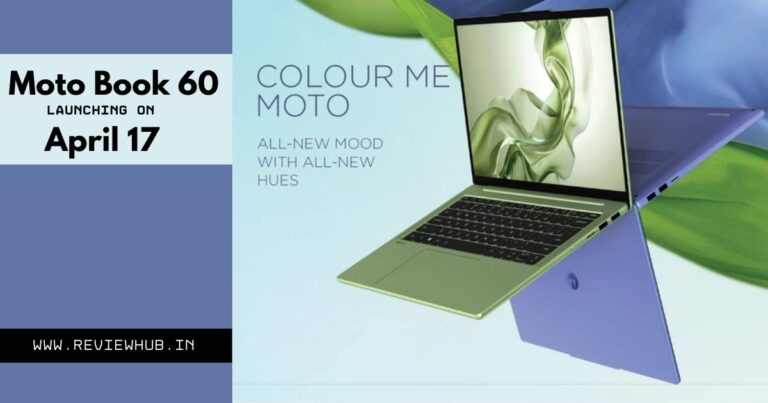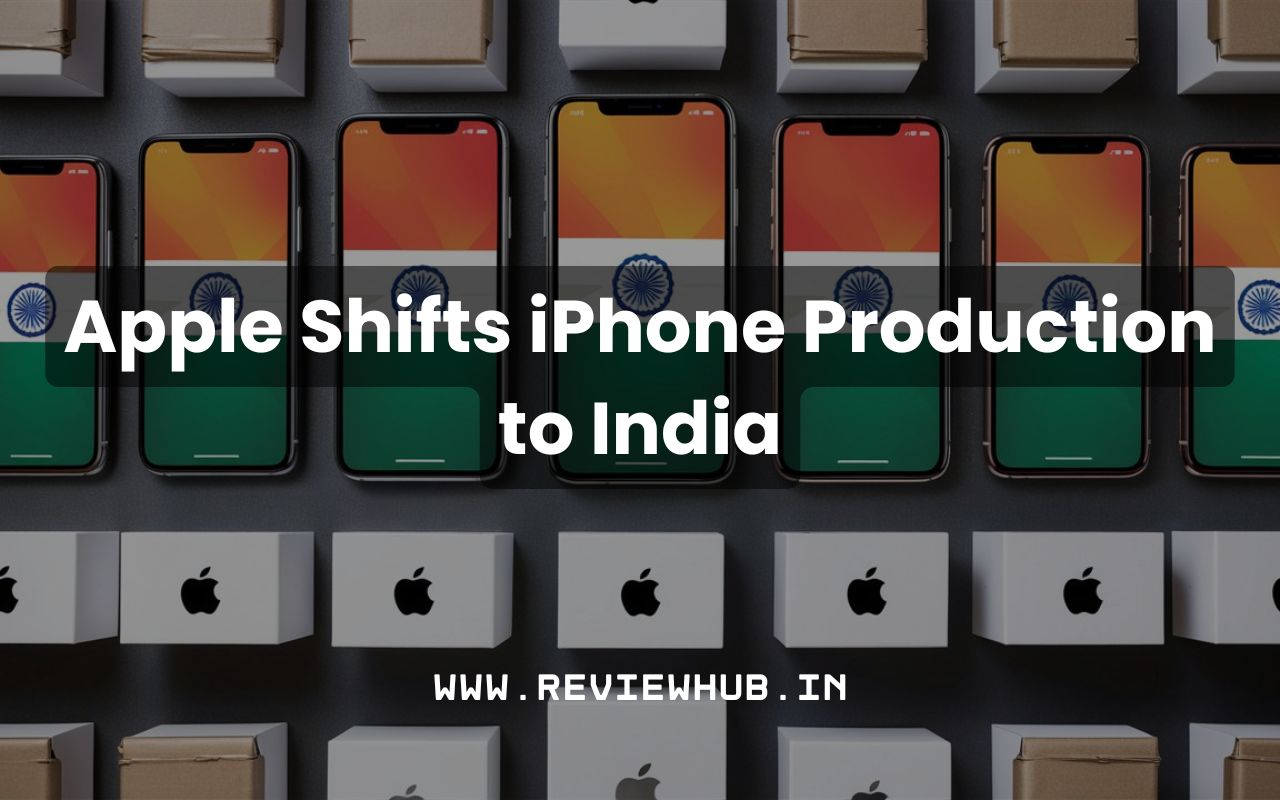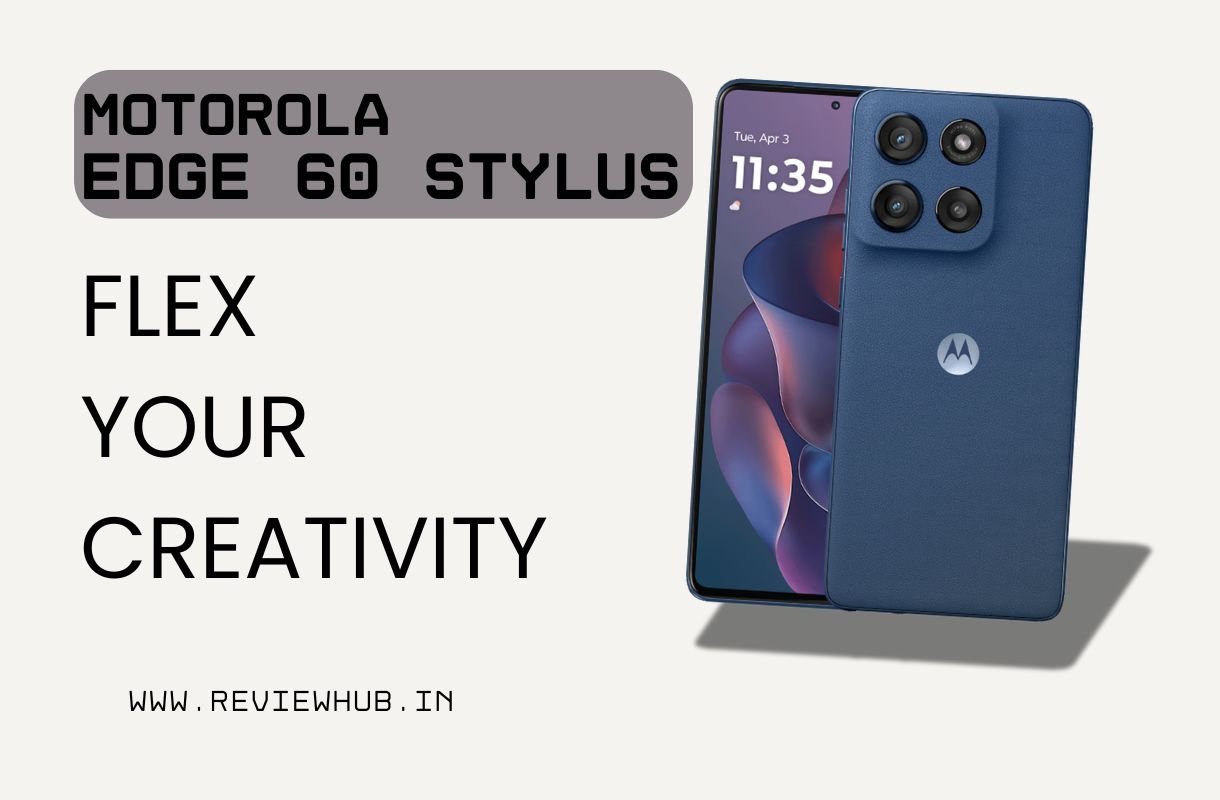In a world where smartphones keep getting pricier, Google’s latest midrange offering proves you don’t need to empty your wallet for premium features. The Google Pixel 9a has landed with a $499 price tag and enough flagship DNA to make you question why anyone would pay more. But is it really worth the upgrade from previous Pixel models, and how does it stack up against Apple’s budget iPhone 16e? Let’s dive in.
- What’s New: Design Gets a Major Overhaul
- Display: Bigger, Brighter, Better
- Camera: Still the King of Computational Photography
- Performance: Flagship Chip in a Budget Body
- Google Pixel 9a vs Pixel 8a: Should You Upgrade?
- Pixel 9a vs iPhone 16e: Android vs iOS Showdown
- Should You Buy the Pixel 9a?
- The Bottom Line
What’s New: Design Gets a Major Overhaul

Gone is the iconic camera bar that defined previous Pixel generations. The 9a introduces a sleeker profile with a camera island that sits nearly flush with the back panel. This isn’t just for looks—Google redesigned the phone to accommodate a deeper battery cavity while implementing a thinner pOLED display.
The aluminium frame paired with a plastic back strikes that sweet spot between premium feel and durability. And speaking of durability, the Pixel 9a now boasts IP68 water and dust resistance (up from IP67 on the 8a), meaning this thing can take a proper dunking and keep on ticking.
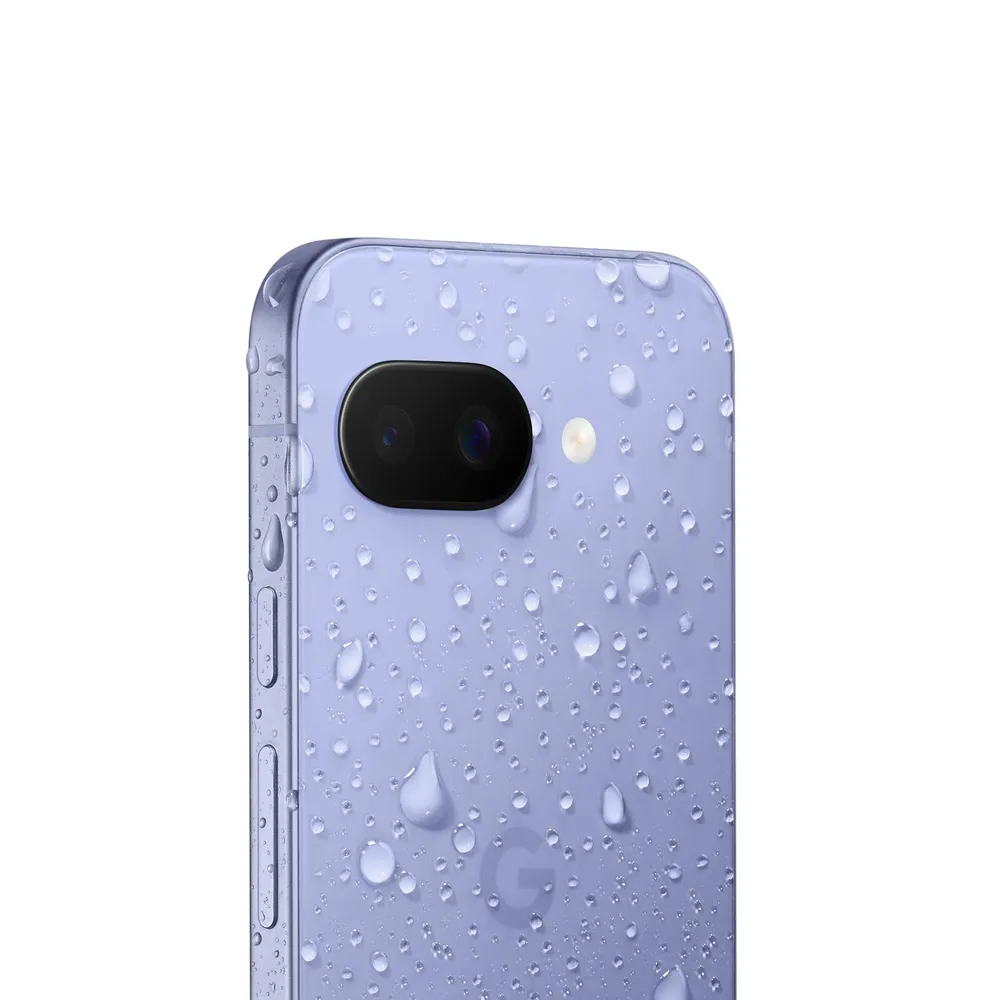
Color options include the usual suspects—Obsidian (black) and Porcelain (white)—plus the more vibrant Peony and a new Iris colorway. Whether you’re rocking it in the boardroom or at the bar, there’s a shade that fits your vibe.
Display: Bigger, Brighter, Better
The Pixel 9a doesn’t mess around when it comes to screen real estate. The 6.3-inch Actua OLED display is a significant upgrade from the 8a’s 6.1-inch screen, giving you more room for everything from gaming to doom-scrolling.

Here’s where things get impressive:
- 2,700 nits peak brightness (35% brighter than the 8a)
- 120Hz adaptive refresh rate that makes scrolling buttery smooth
- Full HD+ resolution (1080 × 2424 pixels) at 422.2 PPI
That brightness boost is no joke—at 2,700 nits, the 9a embarrasses the iPhone 16e’s measly 1,200 nits. Whether you’re checking directions under the blazing sun or watching videos outdoors, this screen delivers.
Camera: Still the King of Computational Photography
Google continues its tradition of camera dominance with what it calls “the best camera under $500.” The dual rear system includes:
- A 48MP main camera (replacing the 64MP sensor in the 8a)
- A 13MP ultrawide camera (carried over from the previous model)
- Macro Focus capabilities—a first for the A-series

Don’t let that megapixel count decrease fool you. Google’s computational photography has always prioritized image quality over raw specs, and the results speak for themselves.
The 9a also introduces some seriously cool AI-powered features:
- Add Me: Finally appearing on an A-series device, this feature combines multiple group shots so everyone (including the photographer) appears in the final image.
- Best Take: Creates perfect group photos by blending facial expressions from multiple shots.
- Magic Editor with Auto Frame: Automatically reframes and expands photos for better composition.
- Reimagine: This lets you modify elements in photos through text prompts.
Plus, you still get all the Pixel camera staples: Magic Eraser, Night Sight, and Astrophotography. For anyone who values smartphone photography but doesn’t want to spend $1000+, the Pixel 9a makes a compelling case as your next pocket camera.
Samsung One UI 7 Official Release Date Announced
Performance: Flagship Chip in a Budget Body
Here’s where things get interesting. The Pixel 9a runs on Google’s Tensor G4 chipset—the same processor found in the flagship Pixel 9 series. This represents a meaningful upgrade from the Tensor G3 in the Pixel 8a and allows the 9a to deliver performance that punches well above its weight class.
The device ships with 8GB of RAM (unchanged from the 8a) but now comes standard with 256GB storage, eliminating the 128GB option from the previous generation. In an era of high-res photos and storage-hungry apps, this standardization on higher capacity is a welcome change.
AI Features That Set It Apart
The Pixel 9a is the only smartphone under $500 to feature Gemini Nano (Google’s on-device AI model). This isn’t just marketing fluff—it enables genuinely useful features:
- Deep integration with Google apps like Maps, Calendar, and YouTube.
- Gemini Live for voice-based conversations and interactions.
- Coming soon: Video and screen-sharing capabilities for Gemini Advanced subscribers.
These AI features leverage the Tensor G4’s neural processing capabilities to deliver experiences that most competitors in this price range simply can’t match.
Battery Life: The Endurance Champion
If there’s one area where the Pixel 9a absolutely dominates, it’s battery life. The phone packs a 5,100mAh battery—the largest ever in a Pixel device and a substantial increase from the 4,492mAh in the 8a.
The numbers tell the story:
- Over 30 hours of battery life (compared to 24+ hours for the 8a)
- Over 100 hours of usage with Extreme Battery Saver mode enabled
Google boldly claims the Pixel 9a offers “the best battery life of any Pixel available today”—a statement that includes their flagship models. For anyone tired of the midday charging panic, this alone might be worth the price of admission.
Both wired fast charging and wireless charging are supported, matching the capabilities of the previous generation.
Software: Seven Years of Support
The Pixel 9a ships with Android 15 out of the box and comes with Google’s industry-leading support promise: seven years of OS updates, security patches, and Pixel Drops. This means your $499 investment will stay current until 2032.
This long-term support significantly exceeds what most competitors offer, including Apple’s expected five years of updates for the iPhone 16e. When you factor in the total cost of ownership, this extended support period makes the Pixel 9a an even better value proposition.
Google Pixel 9a vs Pixel 8a: Should You Upgrade?
If you’re currently rocking a Pixel 8a, here’s what you gain by upgrading:
| Feature | Pixel 9a | Pixel 8a |
| Display | 6.3-inch, 2,700 nits | 6.1-inch, 2,000 nits |
| Water Resistance | IP68 | IP67 |
| Processor | Tensor G4 | Tensor G3 |
| Battery | 5,100mAh | 4,492mAh |
| Storage | 256GB standard | 128GB/256GB options |
| Camera Features | Includes Macro Focus, Add Me | No Macro Focus or Add Me |
| OS | Android 15 | Android 14 |
The upgrade makes sense if you value:
- A significantly larger, brighter display
- Much better battery life
- Enhanced camera capabilities
- The latest AI features
However, the Pixel 8a is now available at a discount (₹37,999 in India compared to the 9a’s ₹44,999), making it an attractive option if you’re on a tighter budget.
Pixel 9a vs iPhone 16e: Android vs iOS Showdown
For those considering jumping ship between operating systems, here’s how the Pixel 9a stacks up against Apple’s budget iPhone 16e:
| Feature | Pixel 9a | iPhone 16e |
|---|---|---|
| Price | ₹49,999 (256GB) | ₹59,900 (128GB) |
| Display | 120Hz, 2,700 nits | 60Hz, 1,200 nits |
| Camera System | Dual camera | Single camera |
| Battery | 5,100mAh | 4,005mAh |
| Software Support | Seven years | Expected five years |
The Pixel 9a clearly offers better value on paper: more storage for less money, a superior display, more versatile cameras, a bigger battery, and longer software support.
iPhone 16e Vs Google Pixel 9a pic.twitter.com/gWDucZuQv3
— I Hate Apple (@iHateApplee) March 19, 2025
That said, the iPhone 16e maintains Apple’s traditional advantages in processor efficiency, ecosystem integration, and potentially better resale value. The choice often comes down to operating system preference and which ecosystem you’re already invested in.
Should You Buy the Pixel 9a?
At $499, the Pixel 9a represents exceptional value in today’s smartphone market. Here’s who should consider it:
Buy it if:
- You want flagship features at a mid-range price.
- Camera quality is a priority.
- Battery life matters to you.
- You plan to keep your phone for several years.
- You appreciate clean Android and Google’s AI features.
Skip it if:
- You already own a Pixel 8a (unless the larger display or battery is crucial)
- You’re deeply invested in the Apple ecosystem
- You need the absolute fastest performance for intensive gaming
Google Pixel 9A: The Budget Flagship Killer by Google with a 6.3-inch Display with 120Hz, IP68 rating, 5100mAh battery.
The Bottom Line
The Google Pixel 9a isn’t just another budget phone—it’s a statement that mid-range devices don’t need to feel like compromises. With its redesigned body, flagship processor, exceptional camera system, class-leading battery life, and seven years of software support, it offers a complete package that rivals phones costing hundreds more.
For anyone seeking the sweet spot between performance and price, the Pixel 9a isn’t just a good option—it might be the option to beat in 2025. Google has once again redefined what we should expect from a $499 smartphone, and competitors will be playing catch-up for months to come.
Whether you’re upgrading from an older Pixel or considering your first Android device, the 9a represents an excellent entry point into Google’s ecosystem. It’s a device that demonstrates Google’s growing hardware prowess while leveraging its software and AI strengths to create an experience that punches well above its weight class.
Have you picked up a Pixel 9a? Drop a comment below with your experiences—I’d love to hear how it’s working for you.
For more news about upcoming smartphones and popular products, and recommendations follow us on Facebook, Instagram, and Twitter.
Some of the links on our website are affiliate links. This means that if you click on these links and make a purchase, we may earn a small commission at no additional cost to you. These commissions help us maintain and improve our website, enabling us to keep delivering valuable content to you.

